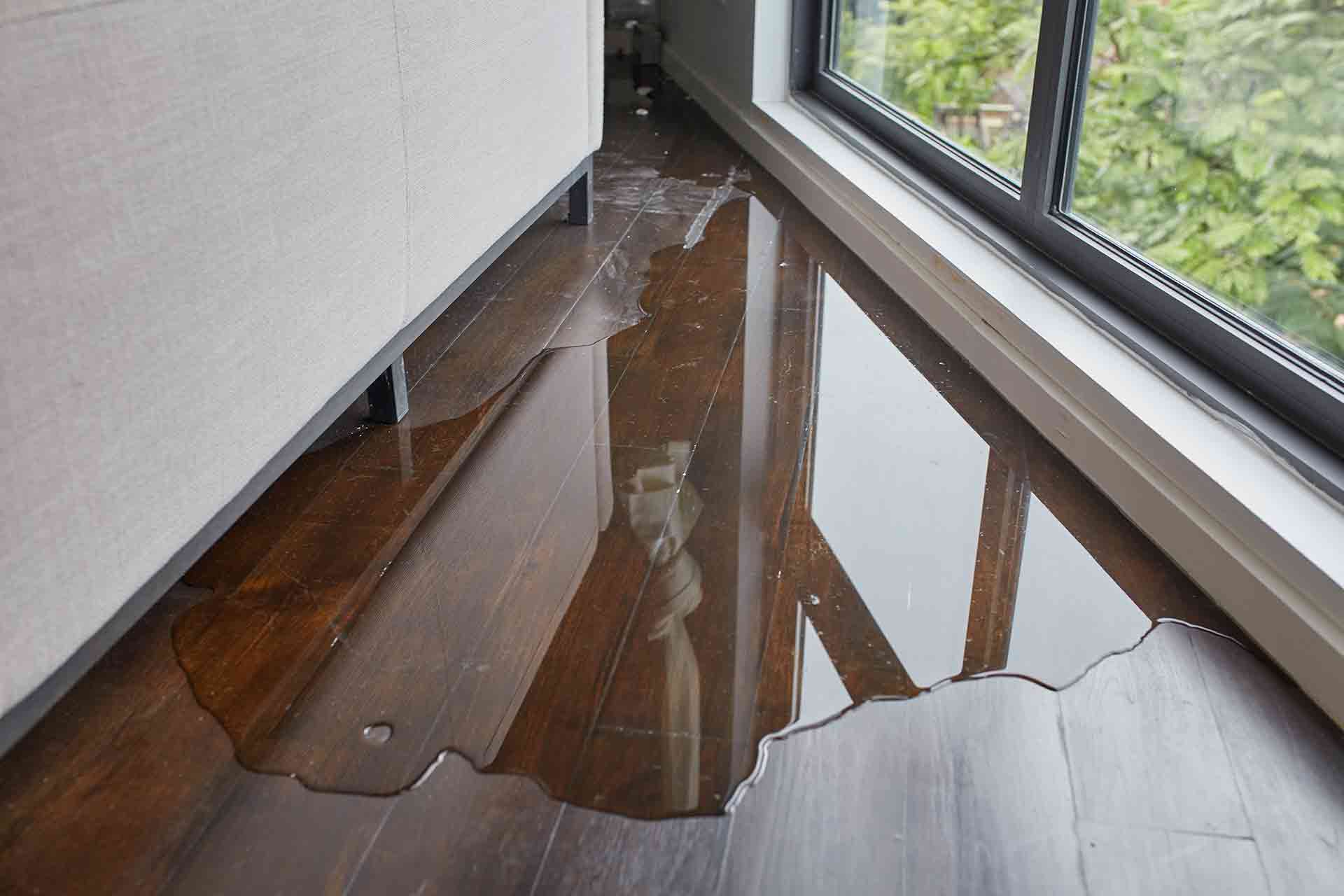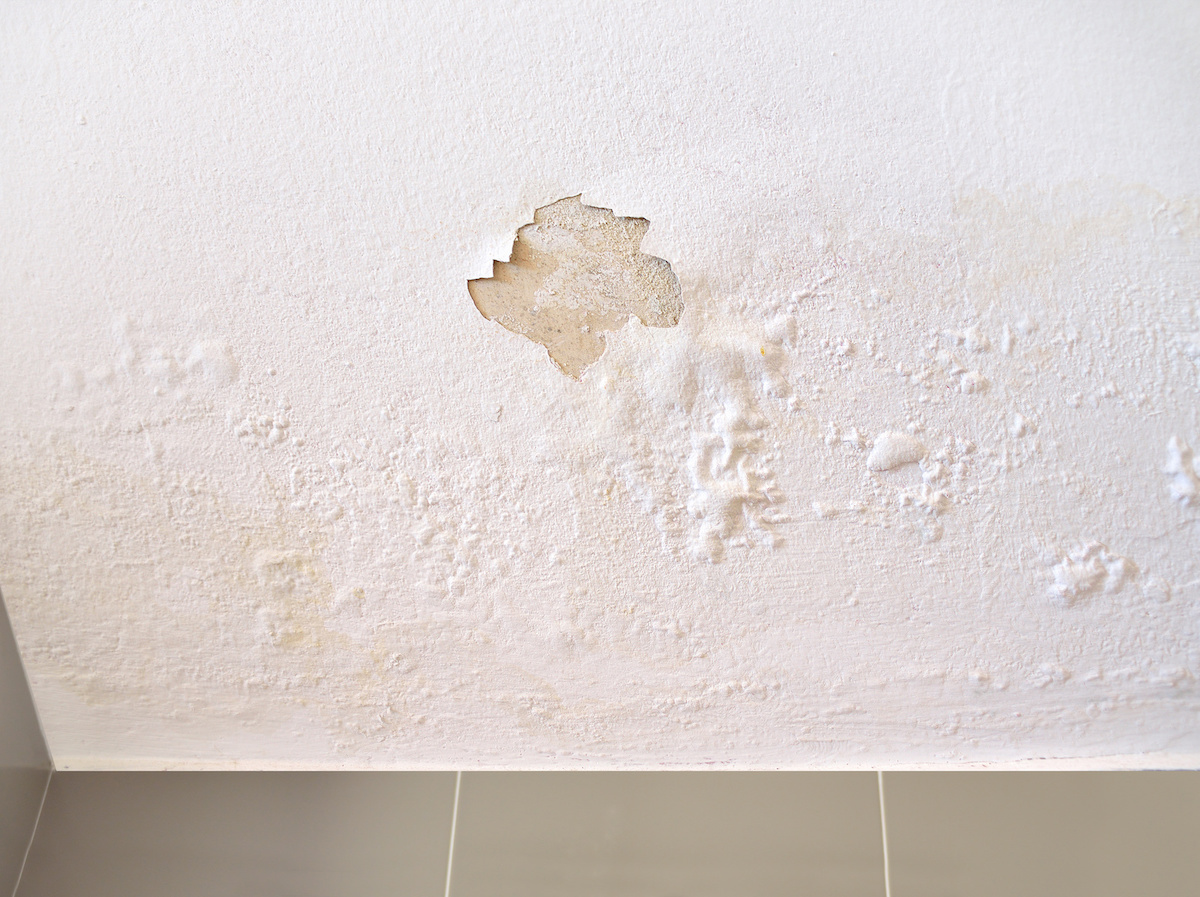Exactly How to Stop Water Damage in Your Bathroom
Exactly How to Stop Water Damage in Your Bathroom
Blog Article
We've discovered this post on Preventing Water Damage in the Bathroom down the page on the net and think it made good sense to relate it with you on this site.

The washroom is exceptionally susceptible for wet accumulation as well as prospective water damages due to the frequent use of water in it. This write-up uses basic assessment methods to help discovering water damage hazards.
The regular use water in the bathroom makes it incredibly susceptible for damp accumulation as well as prospective water damages. By inspecting it frequently, you can decrease water relevant problems.
The adhering to set of evaluations is simple to execute and also should be done once in every three months in order to keep your washroom healthy and to prevent potential water damages triggered by the tub, the shower, pipeline joints and also plumbing, sinks, closets, and also the commode
Do not forget carrying out these evaluations and be comprehensive while doing them. Bear in mind that these basic assessments can save you a lot of money by offering early signs for water damages
Sinks and also Cabinets
Sinks and also closets are revealed to dampness and also moisture day-to-day and also are often forgotten. Evaluate consistently under the sink and also on the kitchen counter over it. Repair any type of drip in the trap as it may recommend drainpipe troubles. Browse the sink, sluggish draining pipes may show an obstructed drainpipe. Replace sink seals if they are broken or loose.
Bathtub and also Shower
The shower and also tub require special focus and also upkeep. Inspect the tiles and also change if split. Ensure that there is no missing cement in between the ceramic tiles. Inspect and also change broken caulking at joints where the walls satisfy the floor or the bathtub. Clogged drains and also pipes troubles will certainly avoid the bathtub from drying out as well as may show severe problems under the bath tub. Speak with a professional quickly to avoid structural damages. Pay attention to discolorations or soft areas around the bath tub walls as they might suggest an internal leakage.
Plumbing
Signs for water damage are tough to find because a lot of pipes are mounted inside the walls.
Pay unique interest to flooring as well as walls dampness and discolorations as they may show an unnoticeable plumbing problem. Inspect moisture degrees in adjoining spaces as well.
The Bathroom
The toilet is a prone water junction. Inspect the water lines and look for leakages around the toilet seat, in the pipe, and under the water container. If you spot any kind of indicators of moisture on the flooring around the commode, check for leaks in the toilet edge and tank seals.
Know that hanging commode bowl deodorants raises the chances for blockages.
Water Damage Signs In The Bathroom To Avoid Cleanup
Musty smell
This is one of the easiest signs to catch because musty smells are so odorous. The damp, earthy, moldy smell should be a big red flag. The smell will develop when moisture gets trapped in surfaces, and begins to facilitate mold growth. Leaking pipes under cabinets, inside walls, and behind shower fixtures will cause moisture to stay trapped and not dry, which will lead to mold growth and spread. As soon as you notice any musty smells in your bathroom, have it checked for hidden water damage and cleanup signs.
Visible mold
If the smell isn’t there to give it away, sometimes you will actually see mold growth. Finding mold in your bathroom is a serious problem, because mold is very harmful to your health. By the time mold growth is visible, it also means that water damage has already occurred and been present for some time. The only way the mold problem can be resolved is to find the source of the moisture and get it stopped. To safely and adequately remove mold, you need to have professionals handle the remediation. Do not waste any time in getting mold problems addressed, fixed, and sanitized so that you can protect you and your family from the many respiratory symptoms caused by mold exposure.
Damaged floors
Bathroom floors should be able to withstand some exposure to water while still remaining in good condition. However, when excess exposure or water leaks occur, they will begin to damage even the most water-resistant flooring. If you notice any cracking, bubbling, staining, or warping on your bathroom floors, there is probably a water leak somewhere causing the distortion. If you notice areas of the floor have become softer, or even have a spongy feeling, there is probably damage to the subfloor. Subflooring is typically made up of plywood. When plywood is exposed to water or moisture, it will absorb it. Once it has become saturated, the weight of the excess water will cause the wood to swell and soften. Check the floors in your bathroom frequently to catch any of these sings before they lead to damaged subflooring.
Changes on walls
When water leaks behind walls, it will cause changes in the drywall. Peeling plaster, blistering paint, and soggy wallpaper are all good indicators that excess water is building up behind the wall. Water leaking behind drywall will cause it to swell and be soft to the tough. If you start to notice gaps along the trim of your walls, or where tile meets the wall, it could also be a strong indicator that there is a leak behind the wall. Any changes, distortion, or damage on the walls should be evaluated as soon as you notice it to prevent further water damage and cleanup.

Hopefully you enjoyed reading our part about Preventing Water Damage in the Bathroom. Thank you so much for taking the time to read our short article. You should take a moment to distribute this page if you liked it. Thanks for taking the time to read it.
Get A Quote Report this page